Thermograms vs. Mammograms: Which is the most effective and #1 option for safety?
Thermograms vs. Mammograms: Which is the most effective and #1 option for safety?
Overview
Mammograms are essentially X-ray images of the breast taken from a variety of angles to reveal any abnormalities or tumors that may be present in the breast tissue. Thermography, thermogram or thermal imaging detects heat changes on your skin as well as temperature differences within your body—both of which can indicate cancerous growths or other serious medical conditions.
It’s important for women who have dense breasts (meaning they contain large amounts of fat) to undergo annual mammograms because these scans detect abnormal masses earlier than thermographic exams. But both techniques are equally accurate at detecting malignancies, so it depends on personal preference what you prefer to do. If your doctor recommends either test regularly, follow her advice.
A recent study published by The Journal of Clinical Oncology found that thermography was just as good at spotting breast cancer as regular mammograms (1). In fact, the research showed that using both tests together provided even better results. This means if you choose to get tested with one method only, don’t worry about getting two separate sets of results; it’s likely all will come out positive anyway.
However, since most women have some sort of family history, it makes sense to consider getting tested every year for genetic disorders like BRCA mutations. These genes cause an increased risk for developing breast cancer, and testing is recommended for women ages 30 to 65. For those under age 40, a clinical exam is sufficient.
The American Cancer Society recommends that women with a strong family history take a baseline blood sample for analysis before beginning screening procedures. They recommend this, especially if they have a mother, sister, aunt, or grandmother diagnosed with breast cancer before the age of 50. Women with no such relatives should still ask their doctors about the possibility of genetic predisposition.
<<Learn How To Prevent Cancer Naturally>>
So which test is safer?

Pros and Cons of Thermography
According to the scientific study, “Medical applications of infrared thermography: A review ” published in Medical Care Research & Reviews, thermography offers several advantages over mammography (2). First, it’s non-invasive, meaning it doesn’t involve any needles or surgery. Moreover, it’s painless, unlike mammograms. And it has a low false alarm rate. That’s because the technique measures heat changes on the skin’s surface rather than looking directly inside the body.
While some people claim that thermography can see through clothing, the technology cannot penetrate thick layers of fabric. It also takes longer to perform than a mammogram, making it less convenient for busy women. Thermographic scans do not detect cancer at an early stage, which means they may miss tumors before symptoms appear. In addition, although it is more accurate than self-examining breasts, it still isn’t perfect. Mammography remains the most effective way to screen for breast cancer.
However, despite its limitations, thermography has one big advantage: It’s relatively inexpensive compared with other screening methods. According to the American Cancer Society, annual screenings cost about $50 per person, while thermography costs only $10 per scan. If you’re worried about your health but don’t want to undergo regular mammograms, then consider getting screened with thermography instead. However, keep in mind that this test alone won’t tell you if you have breast cancer.
Pros and Cons of Mammography

In addition, the research shows that mammograms are very accurate at detecting breast cancer. The cons of the test include its high cost and limited availability. Another con that is often not talked about or that is often dismissed is the radiation exposure every time a woman has to take a mammogram Most insurance companies cover only a small percentage of the procedure, and many women must pay out of pocket. Furthermore, only a handful of hospitals offer mammography services, so scheduling appointments can sometimes be difficult.
It is important to keep in mind that there are no risks associated with receiving a mammogram (unless your doctor tells you otherwise). You will not feel pain or pressure during the examination; however, it’s still best if you do not eat anything before getting one. Your doctor may recommend using an arm brace while undergoing this test, as well. If you experience any soreness after the exam, please let them know right away. In fact, some women prefer to get their first mammogram when they’re about ten years old since children don’t tend to develop breasts until puberty anyway.
<<Learn How To Prevent Cancer Naturally>>
Final Thoughts
Both thermograms and mammograms can effectively screen for breast cancer (4). However, the decision should ultimately be up to each woman. Ask yourself these questions: Do I want to go under the knife? Am I willing to submit to an X-ray? Will my doctor support my decision? Finally, consider the pros and cons of each screening method. Each technique has its own advantages and disadvantages, so carefully weigh the risks and benefits before deciding what works best for you. If you ask me, I would opt for thermography to avoid radiation exposure from mammography. I will write more about the excellent benefits of thermography in the near future.
To Your Health!
References
- Rahbar, Habib, Janie M. Lee, and Christoph I. Lee. “Optimal screening in breast cancer survivors with dense breasts on mammography.” Journal of Clinical Oncology33 (2020): 3833-3840. https://ascopubs.org/doi/full/10.1200/JCO.20.01641
- Lahiri, B. B., et al. “Medical applications of infrared thermography: a review.” Infrared Physics & Technology4 (2012): 221-235. https://www.sciencedirect.com/science/article/pii/S1350449512000308
- Gøtzsche, Peter C., and Karsten Juhl Jørgensen. “Screening for breast cancer with mammography.” Cochrane database of systematic reviews6 (2013). https://www.ncbi.nlm.nih.gov/pmc/articles/PMC6464778/
- Omranipour, Ramesh, et al. “Comparison of the accuracy of thermography and mammography in the detection of breast cancer.” Breast Care 11.4 (2016): 260-264. https://pubmed.ncbi.nlm.nih.gov/27721713

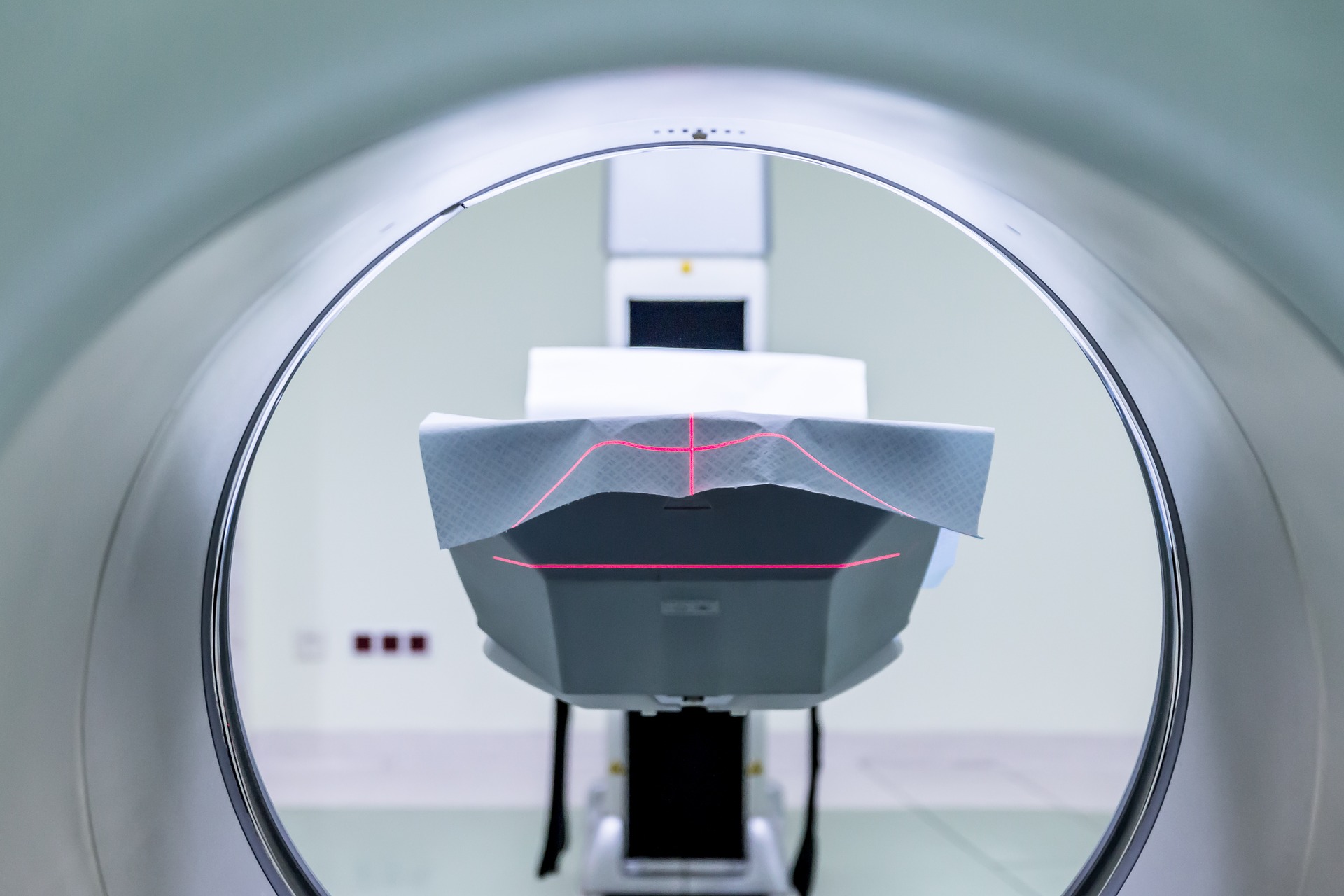








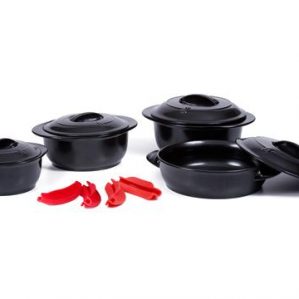

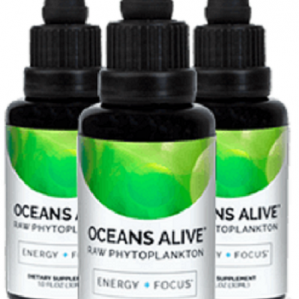
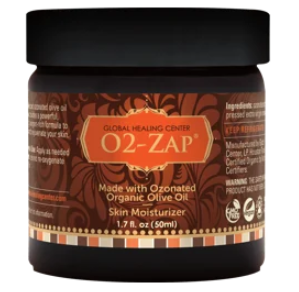
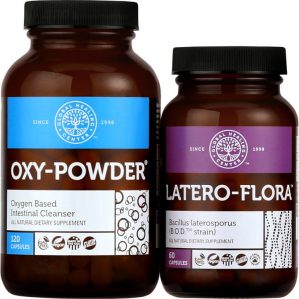











1 Comment
[…] Thermograms vs. Mammograms: Which is the more effective, safe, and #1 option? […]